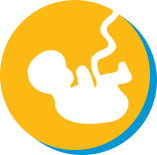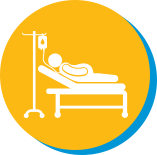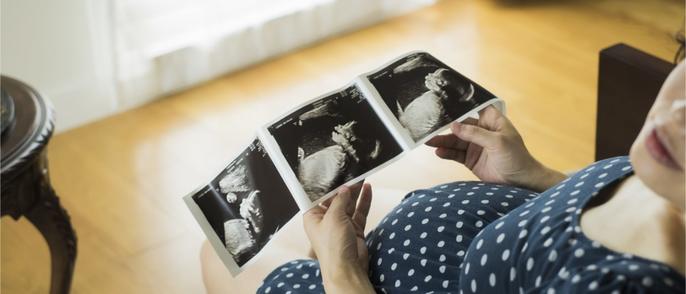Whether planned or unplanned, there are various factors that can lead to a C-section birth. Here are the most common reasons for a C-section birth.

Breech presentation1
A few weeks before birth, babies will generally move into a headfirst delivery position. However, sometimes this does not happen and the baby will remain feet-first - this is called a Breech Presentation. While it may still be possible to successfully deliver normally, there are significant risks involved, which is why doctors generally recommend a Cesarean section in such cases.

Having twins2
With twins, it's a little more complicated. Generally, whether a doctor will recommend a C-section depends on the positions of the two babies in the womb - if neither are in a Breech Presentation, then natural birth will be safe and possible. If the first baby is head-first but the second is in a Breech Presentation, then it may be possible to deliver naturally, depending on the position of the second baby after the first is delivered. However, if both babies or the first baby is in a Breech Presentation, then a C-section will be recommended.

Narrow pelvis
A small pelvic opening carries additional risks for natural births, such as protracted labour3, where the baby cannot fit through the pelvis. In cases where the doctor has judged that it may be unsafe to deliver the baby naturally due to a small pelvis, they will recommend a C-section.

Delivery complications
Even if all the signs looked good up until the point of birth, deliveries may not always go as smoothly as hoped. During a prolonged delivery with little progress1, or if the foetus is in a poor condition1, doctors may perform an emergency C-section to save both the mother and child.

Elective C-section1
Some mothers opt to undergo a C-section delivery even though there is no medical need to, as a C-section delivery carries lower risks of incontinence and sexual dysfunction for the mother, and lower risks of oxygen deprivation or trauma while passing through the birth canal for the baby. However, there are other risks of complications and a longer recovery period for elective C-section deliveries.1
Many of these factors are beyond the control of the mother, and it is important to remember that giving birth via C-section is nothing to be ashamed of - when a Cesarean Section is needed, it is needed, and what's most important is that both mother and baby are safe and sound.
And after your C-section incision has closed and the stitches are removed, you should immediately begin scar management with products like Dermatix® Ultra, a silicone gel scar treatment that can help your C-section scar heal with minimal scarring4.






